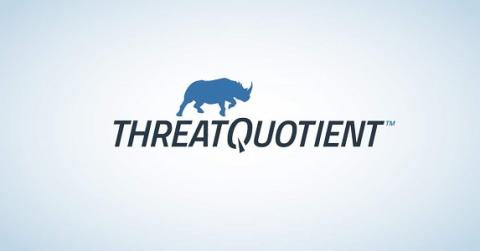ThreatQ Cyber Forum Recap: Expert Insights on Risk-Based Vulnerability Management
The discipline of vulnerability management has been around for decades and the way we assess risk, based on severity and likelihood of exploitation, has remained fairly constant. However, there are challenges in how this formula is usually applied that narrow our perspective on risk and our mitigation strategies.










